This course introduces students to Deep Learning and Computer Vision for Remote Sensing, with a strong focus on image classification.
The course begins with an introductory module on Remote Sensing, covering fundamental concepts such as satellite imaging, spectral bands, band indices, and different types of remote sensing data. They explore multispectral, hyperspectral, thermal, radar, LiDAR, and SAR data sources from satellite, aerial, and ground-based imaging systems before focusing on Sentinel-2 imagery through the EuroSAT dataset.
The course continues with naïve classification methods such as k-NN, SVM, and Softmax, gradually building an understanding of Deep Learning fundamentals, including activation functions, loss functions, optimizers, regularization techniques, training strategies, and more.
Using the EuroSAT dataset, they will implement and train shallow and deep Neural Networks, progressively advancing to Convolutional Neural Networks (CNNs) and Vision Transformers (ViTs). They will learn to stack and optimize layers, incorporating convolutional, pooling, batch normalization, and attention mechanisms, ultimately developing high-performance CNNs and ViTs for remote sensing applications.
Learning Outcomes:
By the end of the course, students will be able to:
✅ Process and analyze remote sensing data using Python.
✅ Implement naïve image classification methods (e.g., k-NN, SVM, Random Forest, Softmax).
✅ Develop deep learning models with PyTorch for remote sensing tasks.
✅ Optimize and fine-tune CNN and ViT architectures.
✅ Apply self-supervised learning methods for unsupervised classification.
✅ Critically assess and discuss technical challenges in remote sensing applications.
Skills & Competencies:
🔹 Data analysis and fusion using cloud-based technologies.
🔹 Python programming for image processing & ML models.
🔹 Experimentation and decision-making based on model evaluation.
🔹 Independent and collaborative problem-solving.
🔹 Development of creative and analytical thinking.
This course combines theoretical foundations with hands-on coding exercises for remote sensing.
- Teacher: Δημήτριος Αργιαλάς
- Teacher: Κωνσταντίνος Καράντζαλος
